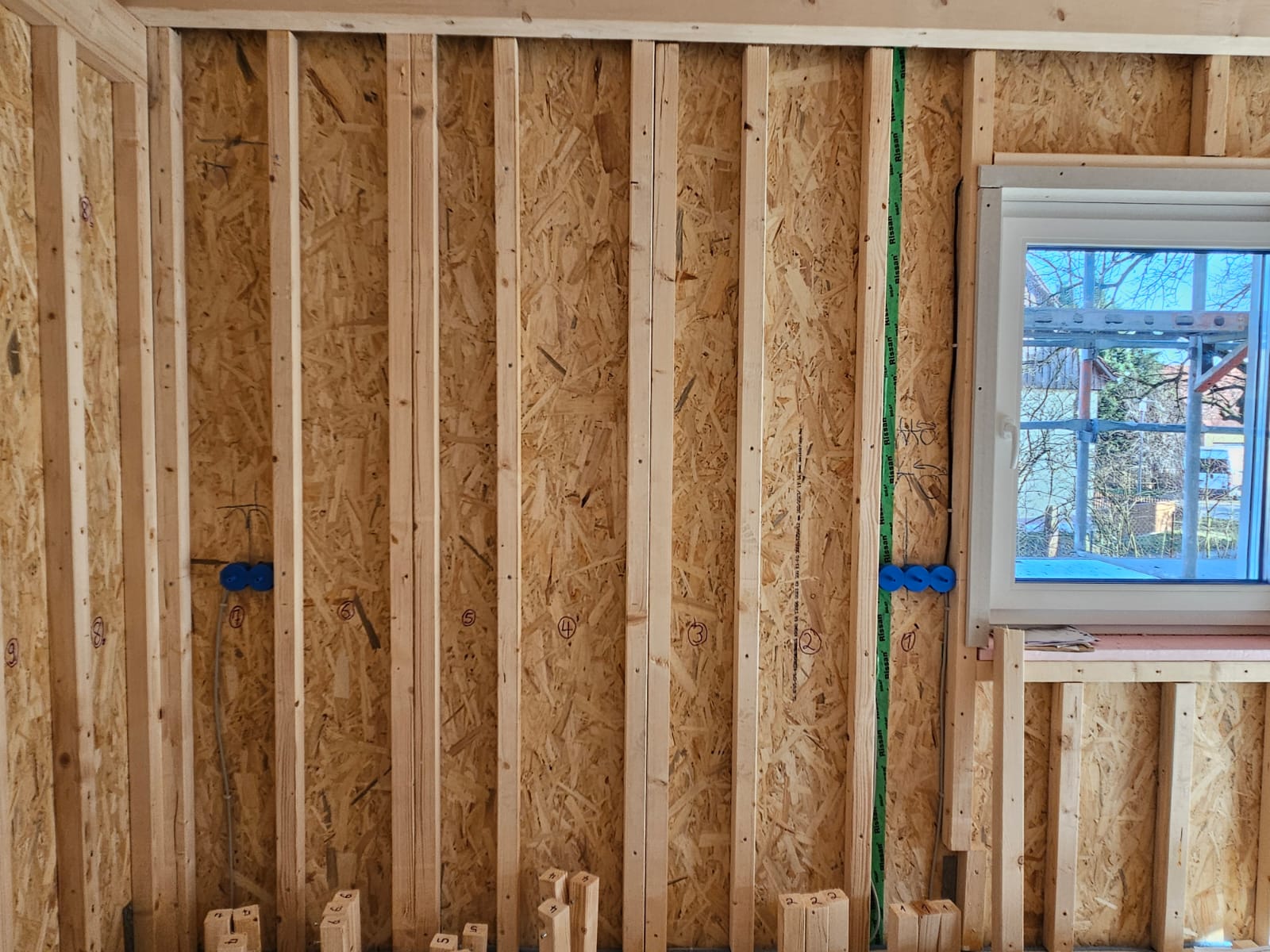this post was submitted on 22 Feb 2024
97 points (97.1% liked)
Home Improvement
9724 readers
21 users here now
Home Improvement
founded 2 years ago
MODERATORS
you are viewing a single comment's thread
view the rest of the comments
view the rest of the comments

Yeah, folks are having a hard time wrapping their head around how it structurally works but it obviously does since they're building housing developments with it. The picture just shows the sill plate and top plate (the two thick pieces of wood on the top and bottom of the wall behind the OSB[what we call the plywood on the inside]) with insulation sandwiched between, but there has to be lengths of wood going from those to hold them together (which we call studs). They're mistakenly thinking that your 6x6 cm pieces of wood are those studs.
So I guess I should be fine?
I am having heart attack and panic right now.
My construction dude told me to apply 6x6 cm squared timber for installation (electricity) and spread the about 30 cm apart from each other around the house. Once the electrician comes and installs everything and is finished I can install plasterboard onto the 6x6cm squared timber.
I am just not sure if I can hang anything on the plasterboard that is attached to 6x6cm timber. It would be alot more stable if I could get rid of the 6x6cm timber and attach plasterboard to plywood (like the inside walls).
At the end he said it's for electricity only and my safety so I don't break the vapor barrier later if I screw something into the plasterboard. So I have about 6 cm "air" before the "real" wall starts after the plywood.
Its basically from inside to outside:
Plasterboard -> 6x6 cm squared timber -> Plywood -> Studs -> Vapor Barrier -> Insulation (240mm wool) ->.... in the end the totall wall is about 39cm thick.